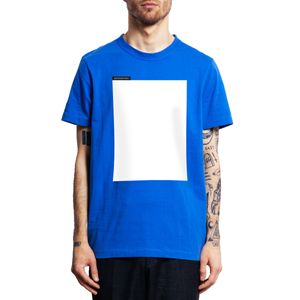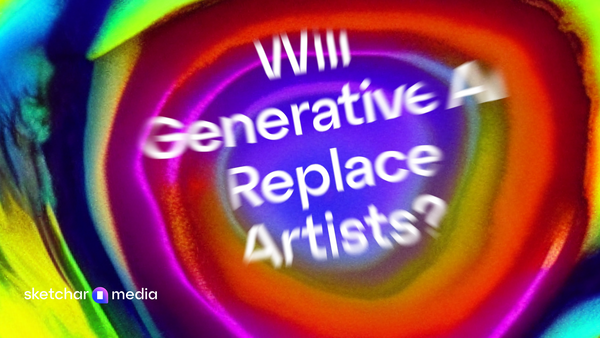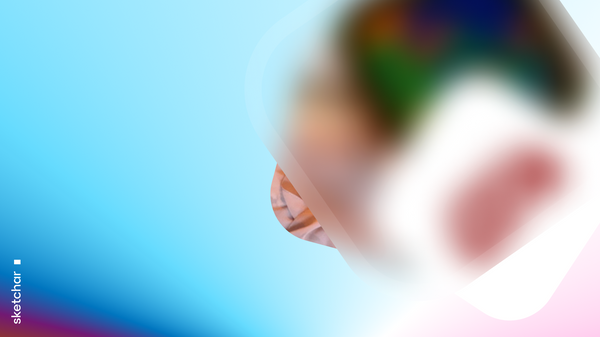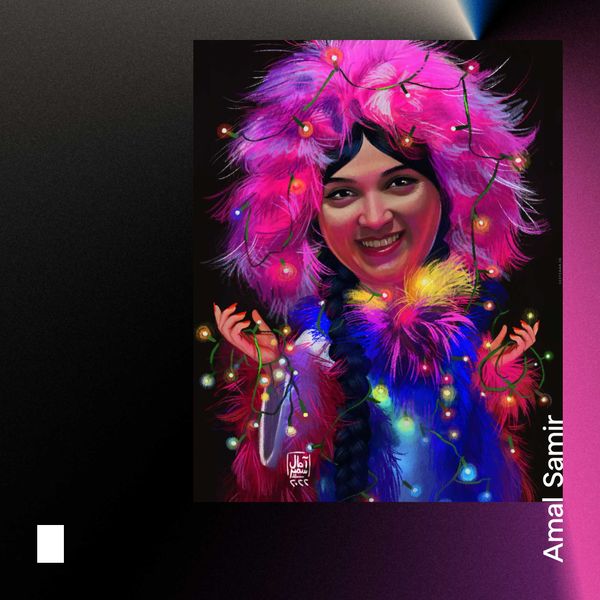How to turn buildings into canvases using augmented reality. Technology concerns regarding putting AR in the urban environment.
Smartphones, as a medium, are essentially redundant. Fundamentally, we only need the content but not the device which contains it. In the near future we won’t need TVs, smartphones or laptops, or advertising panels in cities. Augmented reality(AR) is rethinking the user experience.
The smartphone camera is not the same as a human eye, but it should be. All visionaries are trying to show the future without explaining how it could work and what steps are needed to set it up. An idea is nothing without realization.
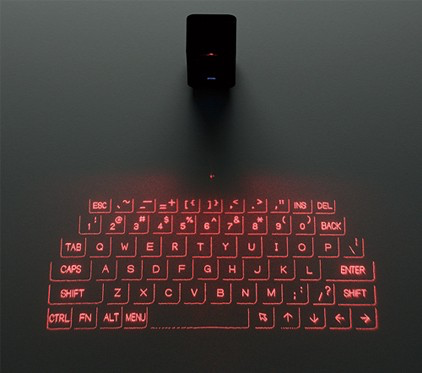
For example, look at this projection keyboard concept. If we try to look further, it’s easy to imagine having only one physical device providing a screen, keyboard, or any other information needed via lenses. It will probably be a new type of smartphone with a screen being optional.
We need to learn how to interact with spatial interfaces using our hands, voice, eyes, or just thoughts. For AR, the main technology concern is to be able to ‘glue’ virtual objects onto any surface around us, and also teach machines to recognize all surfaces.
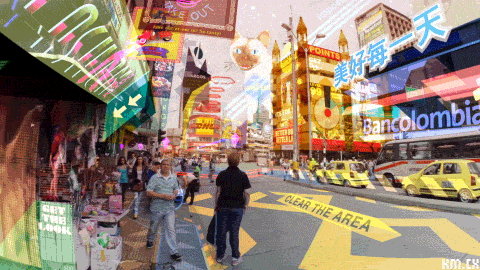
Our world consists of thousands of surfaces, such as tables, walls, or floor — also, many structures around us — buildings and skyscrapers. You’ve probably, seen a concept video with annoying augmented content always around you. The negative social effect of such an environment is not hard to imagine, but is this vision really possible from a technical perspective?
Technology concerns:
To ‘glue’ a high accuracy virtual image onto the real world involves two parts:
- Location-based anchors (in an AR Cloud). There are dozens of companies working on this domain, but very few of them are interested in the whole city as a place for the interactions.
- Detection of flat surfaces by computer vision algorithms only using a smartphone camera without depth sensors, 5G, or GPS information. This approach can bring more value to any other platform and product for those focused on AR, whatever it is: ARCloud platforms, mobile apps, or industrial robots at factories. Any camera can be turned into a powerful tool to work with virtual objects on any surface, from any dimension — far or close.
Check out an example of the most powerful solutions to work with flat vertical surfaces.
Ethical concerns:
Perhaps you have thought at some point: “Why would I want to look at all this advertising through a pair of AR-glasses? I can look at the real world without the addition of a digital layer in front of me.” Yes, this is a very valid point, but it seems clear to most that the world is changing. AR is expected to become normalized in daily culture just as smartphones are today. Indeed we will use AR instead of smartphones sooner rather than later. To encourage AR usage before it becomes standard practice, we may see incentives such as apartment bills being significantly lower if we wore AR-glasses. Or, indeed, other service costs being lower and allowing a broader choice if you were willing to use augmented reality on a daily basis.
Another potentially more useful change is that outdoor advertising will follow the lead of current internet advertising, being more personalized for each viewer. Existing billboards are irrelevant to most of their audience.
As a pioneer of AR-oriented products for consumers, I know that myself and fellow pioneers need to think about the conditions where people use our products daily. Plus, we need to understand how to make these concepts a reality. There are a bunch of problems waiting to be solved, and we are willing to find a solution for them.
If you have any questions or suggestions, feel free to drop me a line at andrey(a)sketchar.tech
Cheers,
Andrey Drobitko, founder and CEO, SketchAR



